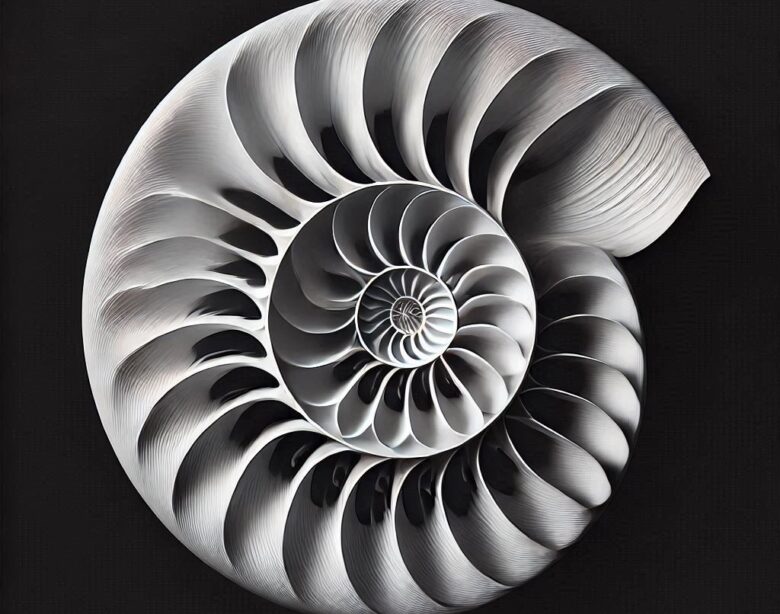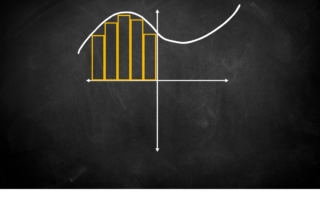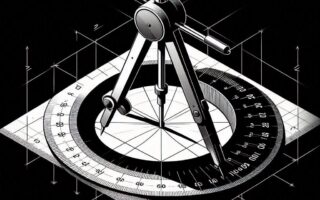The Fibonacci Sequence: Math in Nature
The Fibonacci sequence is one of the most iconic and widely studied concepts in mathematics. It represents a series of numbers in which each term is the sum of the two preceding terms, beginning with 0 and 1. Written as $$0,1,1,2,3,5,8,13,21,…$$, the sequence unfolds in a pattern that has been linked to a variety of natural, artistic, and scientific phenomena. Beyond its numerical elegance, the Fibonacci sequence is a cornerstone of mathematical study and has profoundly influenced fields as diverse as geometry, biology, art, and computer science.
The Historical Origins of the Fibonacci Sequence
The Fibonacci sequence owes its name to Leonardo of Pisa, known as Fibonacci (c. 1170–1250), an Italian mathematician whose contributions significantly shaped European mathematics. Fibonacci introduced the sequence to Western audiences in his seminal work, Liber Abaci (“The Book of Calculation”), published in 1202. While the sequence is named after him, Fibonacci did not claim to have discovered it. Instead, he presented it as part of a solution to a theoretical problem involving the reproduction of rabbits under idealized conditions.
In his rabbit problem, Fibonacci imagined a pair of rabbits that could reproduce monthly after their first month of life, with each new pair following the same reproductive pattern. The resulting sequence of rabbit pairs over successive months—1, 1, 2, 3, 5, 8, 13, and so on—formed the basis of what we now call the Fibonacci sequence.
However, the origins of the sequence predate Fibonacci by centuries. Ancient Indian mathematicians, particularly scholars such as Pingala (circa 200 BCE), explored similar number patterns in the context of Sanskrit prosody, where they analyzed the number of ways syllables could be arranged in patterns of long and short sounds. This foundational work was further elaborated by Indian mathematicians like Virahanka and Hemachandra, whose descriptions align closely with what we now recognize as the Fibonacci sequence.
Mathematical Properties and Significance
The Fibonacci sequence is mathematically significant for several reasons. One of its most intriguing properties is its relationship to the golden ratio, denoted as $$ϕ≈1.618$$ As the Fibonacci sequence progresses, the ratio of consecutive terms $$\frac{F_{n+1}}{F_n}$$ converges to the golden ratio. This relationship establishes a deep connection between the Fibonacci sequence and geometric proportions, which have been celebrated in art, architecture, and nature.
The sequence also serves as a foundation for exploring recursive relationships and mathematical induction. Its simplicity makes it a valuable teaching tool in understanding sequences, series, and convergence. Moreover, Fibonacci numbers appear in numerous mathematical contexts, including Pascal’s triangle, combinatorics, and continued fractions.
The Fibonacci Sequence in Nature
One of the most captivating aspects of the Fibonacci sequence is its prevalence in the natural world. From the arrangement of leaves on a stem (phyllotaxis) to the spirals of sunflower seeds, pinecones, and nautilus shells, Fibonacci numbers are evident in a variety of natural patterns. These patterns often arise from optimization processes, such as maximizing sunlight exposure or packing efficiency.
For example:
- Spiral Patterns: The spirals in sunflowers, pinecones, and pineapples frequently correspond to Fibonacci numbers, such as 34 and 55 or 55 and 89. These arrangements optimize space and growth efficiency.
- Branching Structures: The Fibonacci sequence governs the branching of trees, the arrangement of leaves, and even the structure of some root systems.
- Animal Features: The sequence appears in the reproductive patterns of some animal populations and in the growth patterns of shells and horns.
The connection between Fibonacci numbers and natural patterns has led to the sequence being described as nature’s numbering system.
Impact on Mathematics and Science
The Fibonacci sequence has profoundly influenced mathematical research and scientific discovery. Its applications extend far beyond its numerical formulation:
- Geometry and Architecture: The sequence’s connection to the golden ratio has inspired countless works of art and architecture, including the Parthenon and the works of Leonardo da Vinci. The golden rectangle, whose sides are in the golden ratio, is considered aesthetically pleasing and often incorporates Fibonacci numbers in its proportions.
- Computer Science: Fibonacci numbers play a crucial role in algorithms and data structures, including recursive functions, dynamic programming, and the analysis of computational efficiency. The sequence is particularly important in algorithms related to sorting and searching, as well as in graphical representations of natural phenomena.
- Physics and Chemistry: The sequence appears in models of crystal growth, atomic structures, and even the patterns of galaxy formation. Its relationship to optimization processes makes it a useful tool in understanding physical systems.
- Biology: Beyond its visual manifestations, the Fibonacci sequence helps model growth processes in living organisms, such as the arrangement of cells and population dynamics.
- Finance: Fibonacci retracement, a tool used in technical analysis, employs the sequence to predict potential levels of support and resistance in financial markets. While its scientific validity in finance is debated, it underscores the sequence’s cultural and practical relevance.
Fibonacci’s Legacy in Modern Times
Today, the Fibonacci sequence continues to inspire mathematicians, scientists, and artists. Its enduring appeal lies in its universality, elegance, and the profound connections it reveals between mathematics and the natural world. The sequence has even found its way into popular culture, featured in books like The Da Vinci Code by Dan Brown and various educational programs and documentaries.
Moreover, research into Fibonacci numbers has spurred advancements in number theory, combinatorics, and even cryptography. Its recursive structure and predictable growth make it a fertile ground for mathematical exploration.
Conclusion
The Fibonacci sequence is far more than a simple series of numbers; it is a gateway to understanding the intricate interplay between mathematics, science, and nature. From its ancient roots in India to its popularization by Fibonacci in medieval Europe, the sequence has fascinated scholars for centuries. Its applications span disciplines, influencing everything from the arts to cutting-edge technology. Whether found in the spirals of a sunflower or the algorithms powering modern computers, the Fibonacci sequence stands as a testament to the beauty and universality of mathematical thought.
Please Visit Our Sponsors:
We only support vendors that we use ourselves in our home. The links below are our own links or affiliate links but know that we use all of these now, or have in the past. As the author/creator of this blog, I also tutor mathematics on Wyzant, sell on Etsy, create content on TpT, and learn Korean on Rosetta Stone.





